This article was co-authored by Anne Dunev, PhD, NP, ACN and by wikiHow staff writer, Jennifer Mueller, JD. Anne Dunev is a certified Clinical Nutritionist, Naturopathic Practitioner, and Owner of Well Body Clinic, a wellness clinic in Los Angeles, California. With over 25 years of experience, Anne specializes in herbal medicine, functional medicine, women's health, hormonal balance, and digestion. Anne holds a BS in Health Sciences from Ohio State University and a PhD in Natural Medicine. Furthermore, Anne holds a post-doctorate certification in Applied Clinical Nutrition for the Southern California University of Health Sciences. She has taught clinical nutrition, kinesiology, and soft tissue manipulation at the College of Naturopathic Medicine in London, UK. She has been a featured speaker at the International Wellness Festivals in Sun Valley, Idaho and St. Hill, UK. Anne has also been a guest on over 150 radio and television programs. She is the author of the weight-loss book called, “The Fat Fix Diet”.
There are 13 references cited in this article, which can be found at the bottom of the page.
This article has been viewed 11,471 times.
If bacteria from your large intestine move to your small intestine and begin to grow, this can lead to a condition known as small intestine bacterial overgrowth (SIBO). Most people with SIBO develop it because of an intestinal motility problem. Common risk factors include complications from gastric bypass surgery, intestinal blockages caused by inflammation, diverticulitis, and tumors. You may also be at risk if you have certain neurological conditions (such as myotonic dystrophy, Parkinson’s disease, or nerve damage caused by diabetes) or intestinal damage caused by conditions like Crohn’s disease, Celiac disease, cirrhosis of the liver, or alcohol abuse. If you're concerned that you have SIBO, you can test your gut bacteria using either a hydrogen and methane breath test, or a stool sample test. These tests can be ordered by a doctor or other healthcare professional, or you can order a home-testing kit online and do it yourself.[1]
Steps
Getting SIBO Testing
-
1Check for symptoms associated with too much bad gut bacteria. If you have an imbalance of bacteria in your intestines, you may experience either constipation or diarrhea, gas, bloating, and chronic bad breath. See a doctor if these symptoms persist for longer than a week.[2]
- Other symptoms include flatulence, abdominal pain, and indigestion.
- If you menstruate, you may notice more severe cramping than usual, or more debilitating episodes of premenstrual syndrome. These symptoms could have other, potentially serious causes, so see your doctor regardless.
- Any hormonal issues in both male and female bodies, including prostate trouble, breast enlargement in male bodies, or the need for hormone replacement medication, may signal an imbalance of bacteria in your gut.
-
2Talk to a healthcare provider. A SIBO test generally must be ordered by a healthcare professional, be they your primary care physician, a specialist, or a dietician. However, you can usually take the test at home without having to return for an additional visit.[3]
- When the test is ordered by a health care professional, it is usually covered by insurance. If you order one on your own, insurance may not cover it.
- If you take the test at home, make sure you follow the instructions precisely so your results are conclusive. If you're concerned about your ability to follow the instructions exactly as written, have your doctor perform the test instead.
Advertisement -
3Ask your doctor to test you for any nutritional deficiencies. As SIBO progresses, it may interfere with your body’s ability to absorb nutrients, leading to malnutrition and vitamin deficiencies. Common symptoms of malnutrition include weight loss, loss of muscle mass, foul-smelling and oily stools, and problems controlling your bowel movements (anal leakage or fecal incontinence). Vitamin deficiencies caused by SIBO may include:
- Vitamin B12 deficiency, or pernicious anemia. Anemia can cause fatigue, coldness or numbness in your hands and feet, shortness of breath, pale skin, chest pain, and an irregular heartbeat.[4]
- Vitamin A deficiency, which can reduce your ability to see at night.[5]
- Vitamin D deficiency, which can cause your bones to become thin, misshapen, or brittle.[6]
- Calcium deficiency, which can cause muscle spasms and aches, tingling in the lips and fingers, and mental symptoms such as depression or confusion.[7]
-
4Get a breath test from your doctor. There are 2 types of bacterial overgrowth that potentially occur with SIBO. Methane-positive SIBO causes constipation, while hydrogen-positive SIBO causes diarrhea. A good breath test will check for both, by measuring the byproducts of your digestion. The type of bacterial overgrowth you have will determine how you treat the problem and prevent overgrowth from reoccurring in the future.[8]
- The test requires 24 hours of preparation, including 12 hours on a restricted diet followed by 12 hours of fasting, during which time you can only drink water.[9]
- The test takes about 2 hours. Your doctor will first take a baseline breath sample, then give you a mixture of lactulose or glucose mixed with water to drink. Your doctor will take a breath sample 15 minutes after you drink that mixture. Breath tests will continue every 15 minutes until all the tubes in the kit have been used. The tubes will then be sent to a lab for analysis.[10]
-
5Have stool testing done to further evaluate your microbiome. Talk to your doctor about stool tests to gain further information about the bacteria in your gut. Stool testing provides more detailed information about your gut bacteria than you can get from a breath test. If a doctor or medical professional orders the testing, it typically will be covered by insurance.[11]
- If you do the stool testing through your doctor, they will collect a stool sample from you and send it to the lab for analysis.
- You can order a kit online to do testing at home. Make sure you aren't squeamish about taking a stool sample. Kits ordered online typically aren't covered by insurance. Additionally, if you get too much of a sample or not enough of a sample, it could skew your results. You'll need to mail your sample back to the lab and wait for results (typically 4 to 6 weeks).
Treating Bacterial Imbalances
-
1Review any recommendations from the test provider. Some companies that provide tests for gut bacteria also offer diet recommendations based on the makeup of your gut's microbiome. These recommendations may help you get the overgrowth under control.[12]
- Keep in mind the researchers working for these companies can't diagnose diseases based on the results in these test kits, and may not be able to provide the individualized recommendations they claim they can. Look over these recommendations with the assistance of a health care provider to truly determine what's best for you.
-
2Talk to your doctor about antibiotic treatment. In the short term, antibiotics can help reduce or even eliminate bacterial overgrowth in the small intestine. However, without making dietary changes, the SIBO likely will return.
- If you do have a recurrence of SIBO after treatment with antibiotics, the symptoms are typically worse than they were the first time.
- Some herbal remedies, including oregano oil, wormwood oil, and lemon balm oil, may also help as much as antibiotics can. If you're interested, ask your doctor to look into them.[13]
-
3Take nutritional supplements for any related deficiencies. SIBO interrupts your body's absorption of many key vitamins and minerals, which can lead to deficiencies. Supplements help you restore balance.[14]
- Your doctor can test you to identify specific vitamin and mineral deficiencies. With SIBO, the most common deficiencies are vitamins B12, D, and K, probiotics, digestive enzymes, and the minerals iron and zinc.
- SIBO patients who take probiotics report greater improvement of their condition than patients on an antibiotic treatment regime.
-
4Make lifestyle changes to reduce stress. For most people, reducing stress is easier said than done. However, regular exercise and stress management are essential if you want to get rid of bad bacteria and ease your SIBO symptoms.[15]
- Diet can normally control SIBO and keep bacterial overgrowth from recurring. However, if you continue live a sedentary and stress-ridden life, your SIBO will likely return.
- You might consider taking up yoga, or learn some deep breathing exercises to promote calmness and relaxation.
Adjusting Your Diet
-
1Eat smaller meals more frequently throughout the day. Instead of eating 2 or 3 big meals every day, eat 5 or 6 smaller meals of food that is easy for your body to digest. Smaller portions will be digested more quickly and completely, so food isn't sitting in your gut.
- If you have SIBO, eating large meals may be the worst thing you can do for your gut. Because your body can't digest large amounts of food quickly, the food just sits in your gut and encourages the growth and development of bacteria.
- With SIBO diets, the amount you eat depends on the type of food and how it's cooked. To correctly determine portion sizes for various foods, try using the Monash University low FODMAP diet app.
-
2Take probiotic supplements. Start a probiotic supplement as soon as you learn that you have SIBO, if not sooner. Regular probiotic supplements can ease your symptoms and slow the growth of bad bacteria in your gut.[16]
- Talk to your doctor or a dietician to get advice on the best probiotic supplements to take for your particular condition.
- While taking probiotic supplements, limit your consumption of alcohol, dairy products, legumes, and leafy green vegetables. All of these can inhibit the functioning of probiotics and limit their effect on your bacterial overgrowth.
-
3Eliminate foods that aren't fully absorbed during digestion. Food sitting in your stomach promotes the growth of bacteria, and can cause your SIBO symptoms to return. Foods that contain fructose (most fruits) and lactose (dairy foods) cannot be fully absorbed by the body and will ferment in your digestive tract, leading to an overgrowth of bacteria.
- Other foods that can't be fully absorbed during digestion include wheat, garlic, onion, asparagus, leeks, artichokes, broccoli, cabbage, legumes, Brussels sprouts, and soy.
- Try gradually adding in more high-fiber foods like whole fruits and vegetables to your diet to feed the healthy bacteria in your gut. However, make sure you chew them really well since they can be difficult to digest.[17]
-
4Eat high-quality proteins that are easy to digest. Grass-fed beef or lamb, free-range poultry and eggs, and wild-caught tuna or salmon have high-quality protein. If you are a vegetarian or vegan, get your protein from nuts and seeds, as well as high-protein grains, such as oats and quinoa.
- Clean, high-quality proteins are easy to digest, won't linger in your gut, and will provide your body with the nutrition that it needs.
-
5Try a restrictive diet to repair damage to your gut. There are a number of restrictive diets with strict guidelines intended to help heal your body and repair your digestive tract so that your body is back in balance. Because they are so restrictive, save these diets as a last resort if other methods aren't relieving your symptoms.[18]
- An example of foods allowable on a typical SIBO diet can be found at http://www.siboinfo.com/uploads/5/4/8/4/5484269/sibo_specific_diet_food_guide_sept_2014.pdf. On the chart, the green foods are okay under the protocol. Light yellow foods are fine in moderation, with dark yellow foods only rarely if at all. The foods in red are forbidden in any amount.
- Although you may lose weight on these diets, these diets are not intended for weight loss.
- Because these diets are so restrictive, it's a good idea to talk to a doctor or health care provider before you start to make sure you are healthy enough to undertake the rigid protocol.
Warnings
- Discuss any diet or lifestyle changes with your health care provider before you start, especially if you are under treatment for other intestinal diseases or conditions.⧼thumbs_response⧽
References
- ↑ http://kelseykinney.com/how-do-you-know-if-you-have-bad-gut-bacteria/
- ↑ https://www.drdavidwilliams.com/signs-of-too-much-bad-gut-bacteria
- ↑ http://kelseykinney.com/how-do-you-know-if-you-have-bad-gut-bacteria/
- ↑ https://www.nhlbi.nih.gov/health-topics/pernicious-anemia
- ↑ https://www.merckmanuals.com/professional/nutritional-disorders/vitamin-deficiency,-dependency,-and-toxicity/vitamin-a#v884899
- ↑ https://www.mayoclinic.org/healthy-lifestyle/nutrition-and-healthy-eating/expert-answers/vitamin-d-deficiency/faq-20058397
- ↑ https://www.merckmanuals.com/home/hormonal-and-metabolic-disorders/electrolyte-balance/hypocalcemia-low-level-of-calcium-in-the-blood
- ↑ http://kelseykinney.com/how-do-you-know-if-you-have-bad-gut-bacteria/
- ↑ https://www.biohealthlab.com/test-menu/sibo/
- ↑ https://www.biohealthlab.com/test-menu/sibo/
- ↑ http://kelseykinney.com/how-do-you-know-if-you-have-bad-gut-bacteria/
- ↑ https://www.technologyreview.com/s/603900/gut-check-scientists-are-wary-of-at-home-microbiome-tests/
- ↑ https://www.ncbi.nlm.nih.gov/pubmed/24891990
- ↑ https://www.ncbi.nlm.nih.gov/pmc/articles/PMC3099351/
- ↑ http://kelseykinney.com/how-do-you-know-if-you-have-bad-gut-bacteria/
- ↑ https://universityhealthnews.com/daily/digestive-health/sibo-diet/
- ↑ Anne Dunev, PhD, NP, ACN. Certified Nutritionist & Naturopathic Practitioner. Expert Interview. 2 September 2020.
- ↑ https://sibocenter.com/2016/03/sibo-specific-diet/

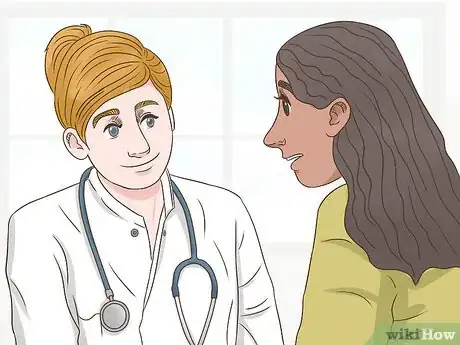

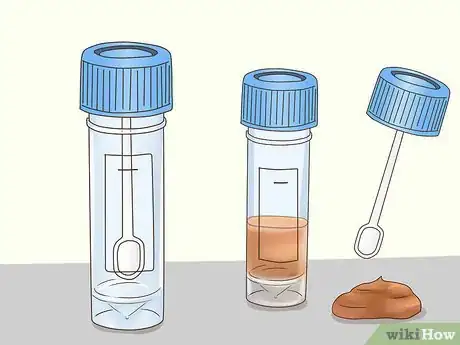

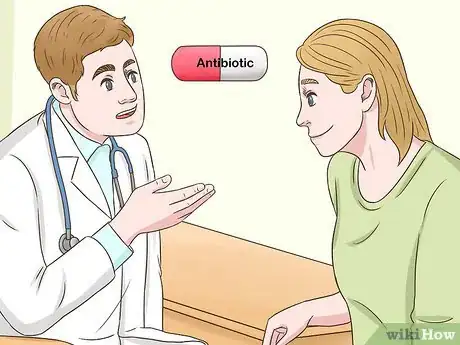
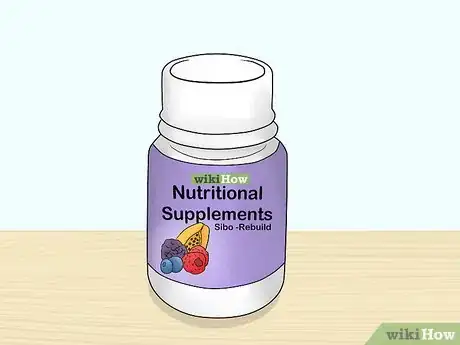


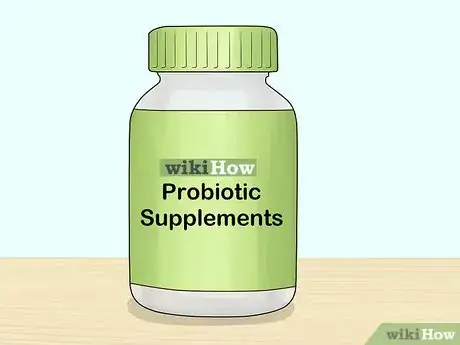
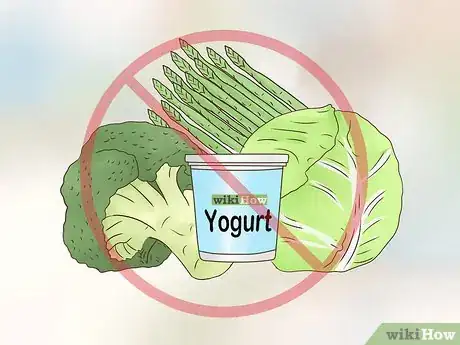

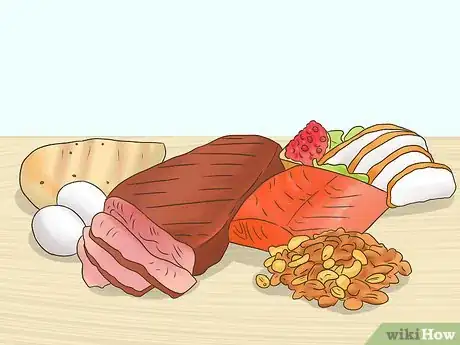














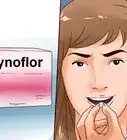



































Medical Disclaimer
The content of this article is not intended to be a substitute for professional medical advice, examination, diagnosis, or treatment. You should always contact your doctor or other qualified healthcare professional before starting, changing, or stopping any kind of health treatment.
Read More...